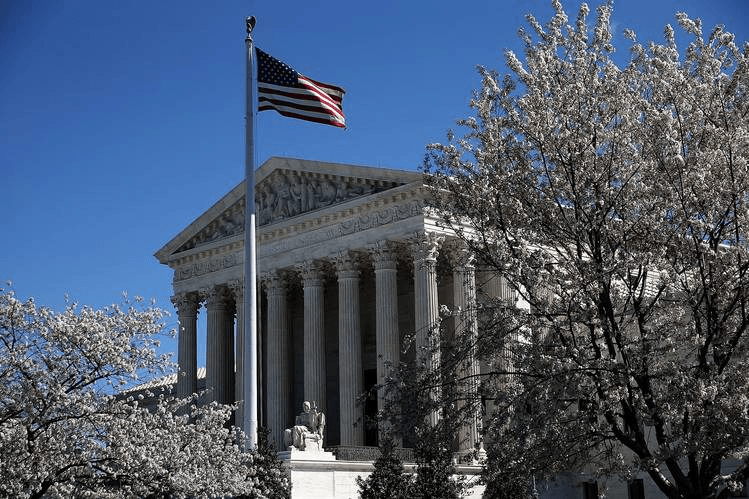Today the Supreme Court of the United States (SCOTUS) unanimously rejected a challenge to the longstanding voting district principal "one person, one vote" by ruling that states may use total population (as opposed to voting population) for drawing local and state legislative districts. This ruling comes from a critical case, Evenwel v Abbott, in which the Texas plaintiffs argued that legislative districts should be drawn based on the number of eligible voters instead of the total population.
Until today SCOTUS had never defined if the "one person, one vote" doctrine refers to total population or eligible voters. Counting only the voting population would take power away from places with higher proportions of children, disenfranchised felons, and non-citizen immigrants. This ruling does not change existing policies or districts but instead affirms existing protections that are nearly universal across the United States.
Evenwel argued that using total population instead of eligible voters dilutes the voter’s political power, referencing a voter-equality mandate in the Equal Protection Clause of the 14th Amendment. The population of immigrants, mentally disabled, children and others not eligible to vote would be excluded under this interpretation. Evenwel v Abbott was created and run by Project on Fair Representation, an advocacy group that works to repeal civil rights era legislation. Their most notable win is the 2013 Shelby v. Holder opinion that gutted the Voting Rights Act of 1963.
In this instance, the civil rights era cases under attack were Baker v. Carr (1962) and Reynolds v. Sims (1964.) Over the past five decades these decisions have upheld "one-person, one-vote" as a basic principle in state and local districting. The voting districts are allowed less than a 10% population margin based on other circumstances, including political party affiliation.
Many legal and political scholars across the country are unified in a belief that if SCOTUS had ruled in favor of Evenwel the result would have been older, whiter and more conservative districts, moving political power out of urban centers.
Instead, today’s ruling is a victory for fair districting. However, SCOTUS fell short of requiring that one-person, one-vote is the only way local and state districts can be drawn, allowing states the opportunity to develop alternate districting systems.
